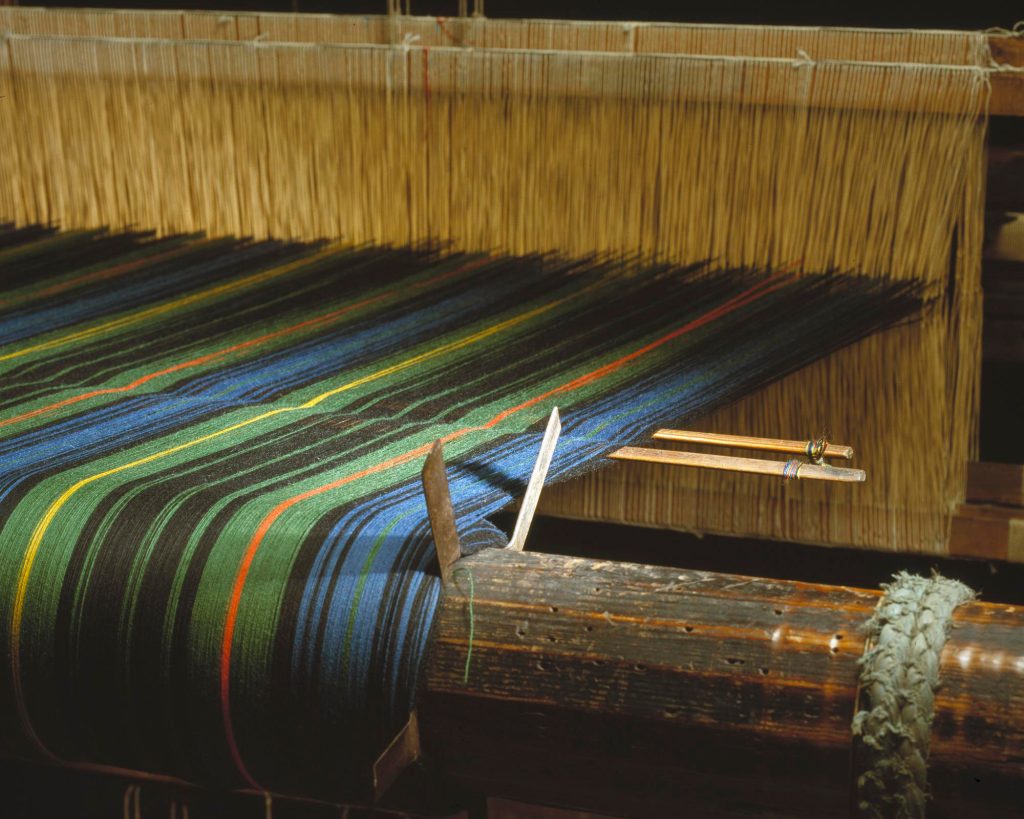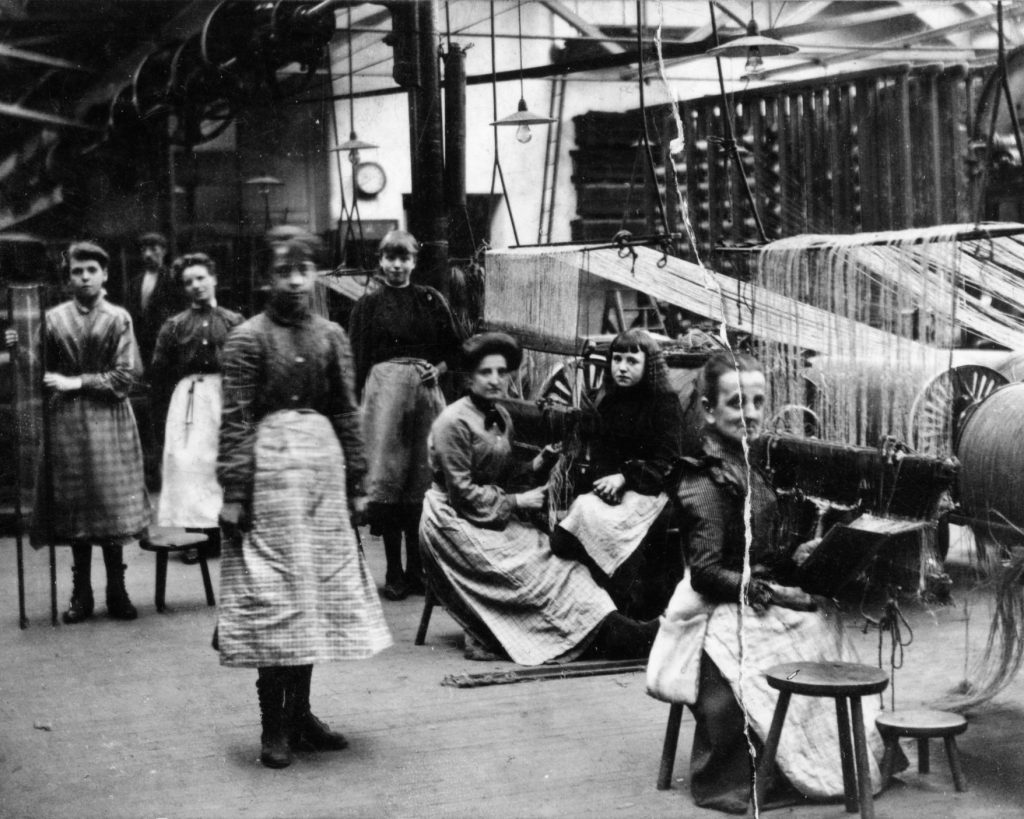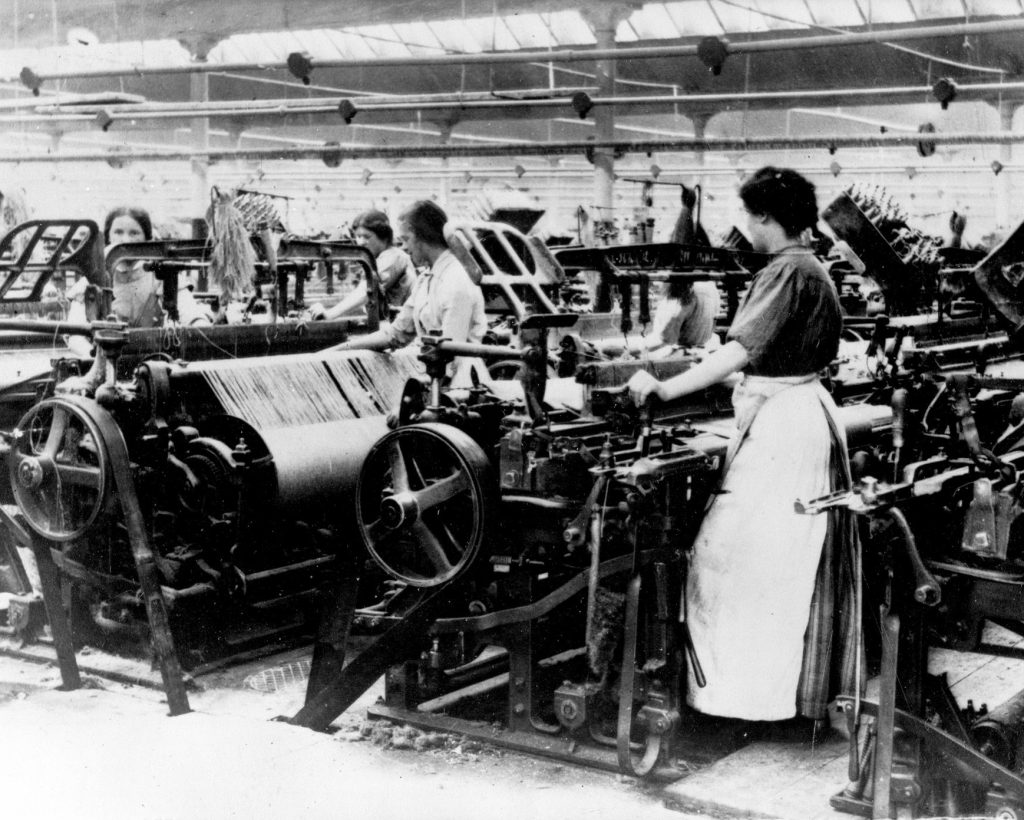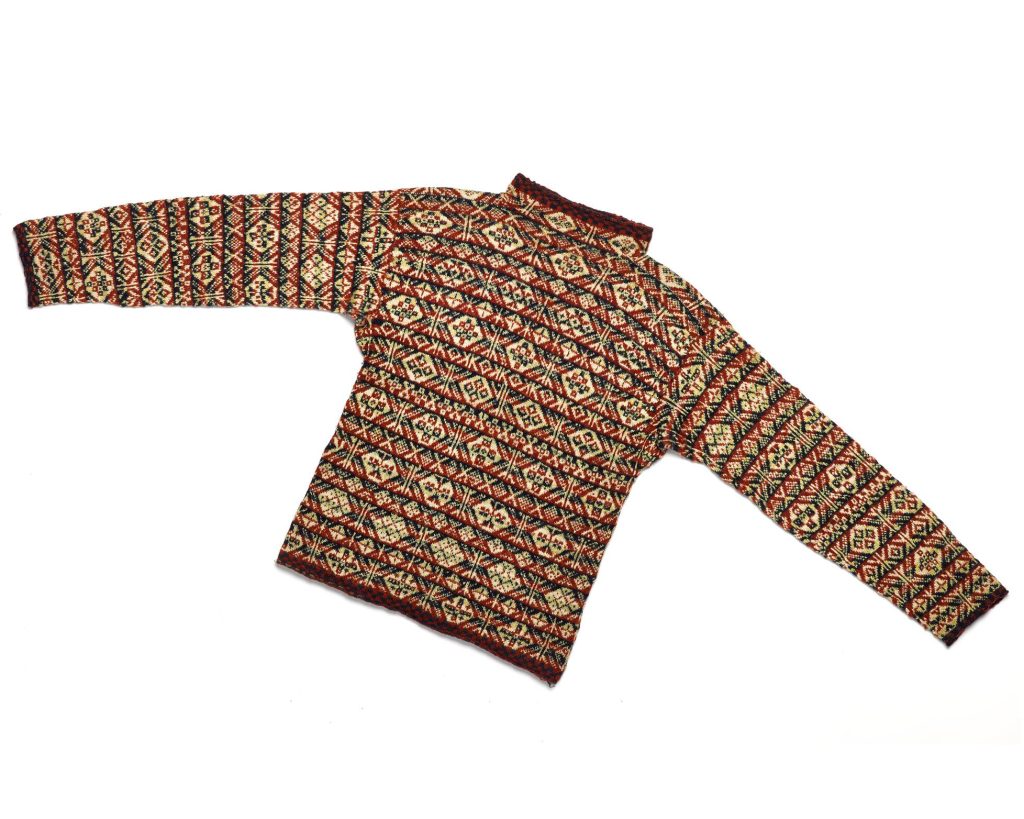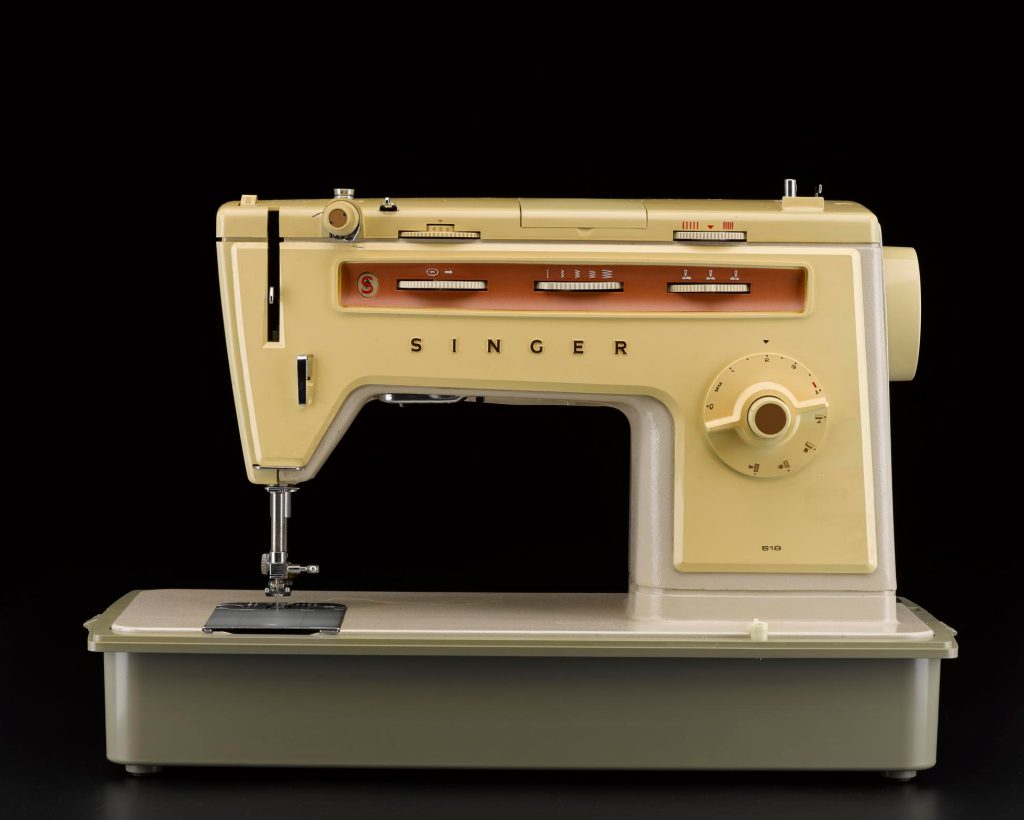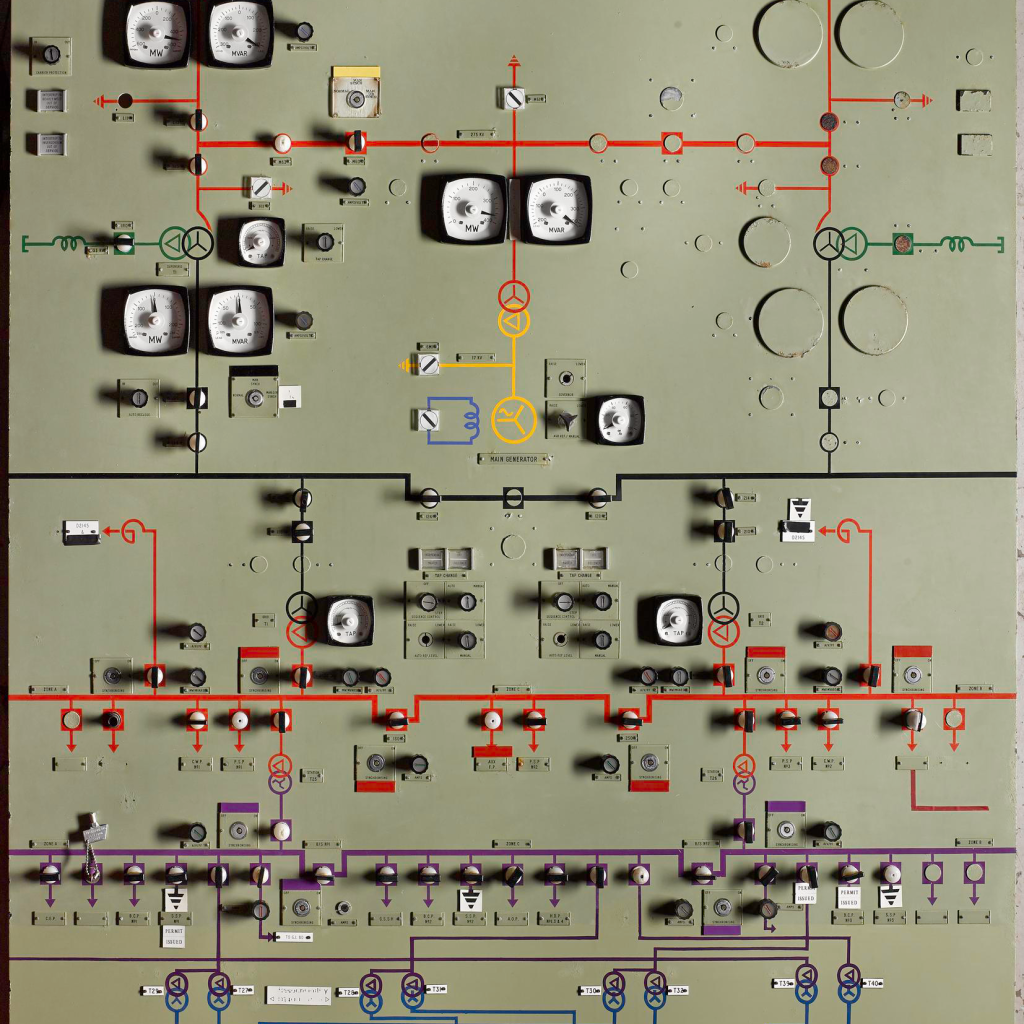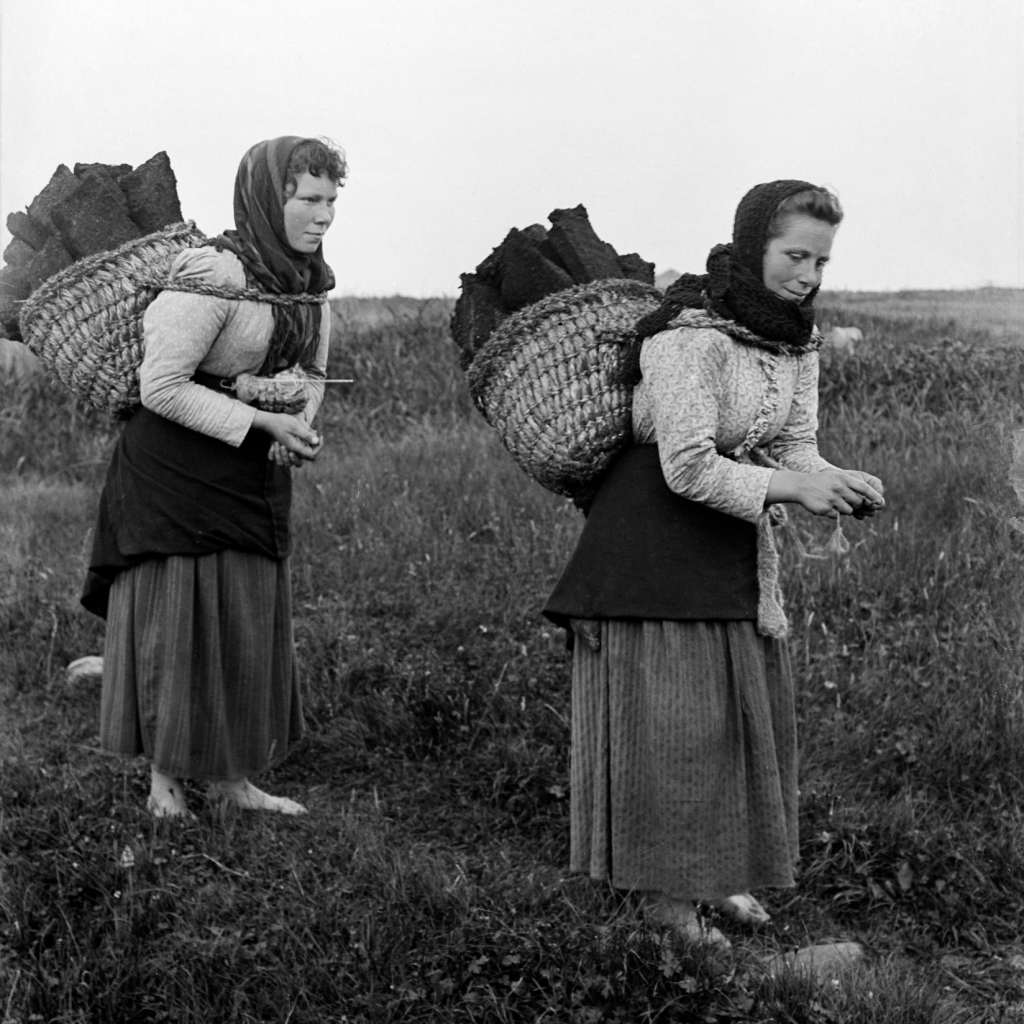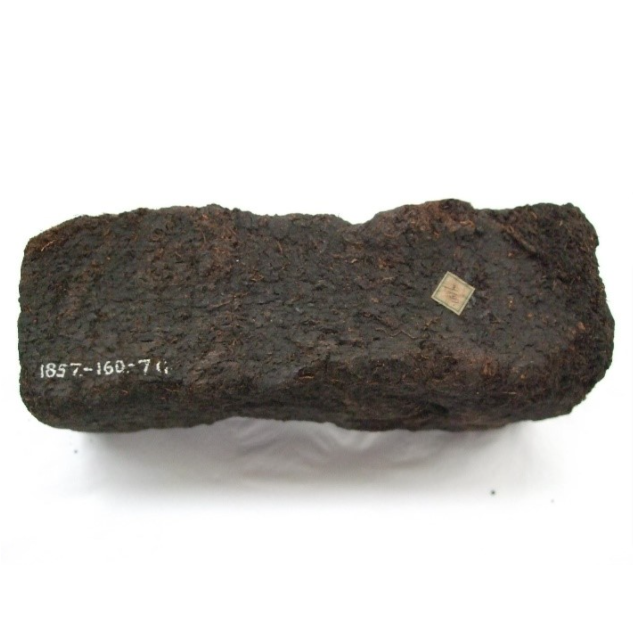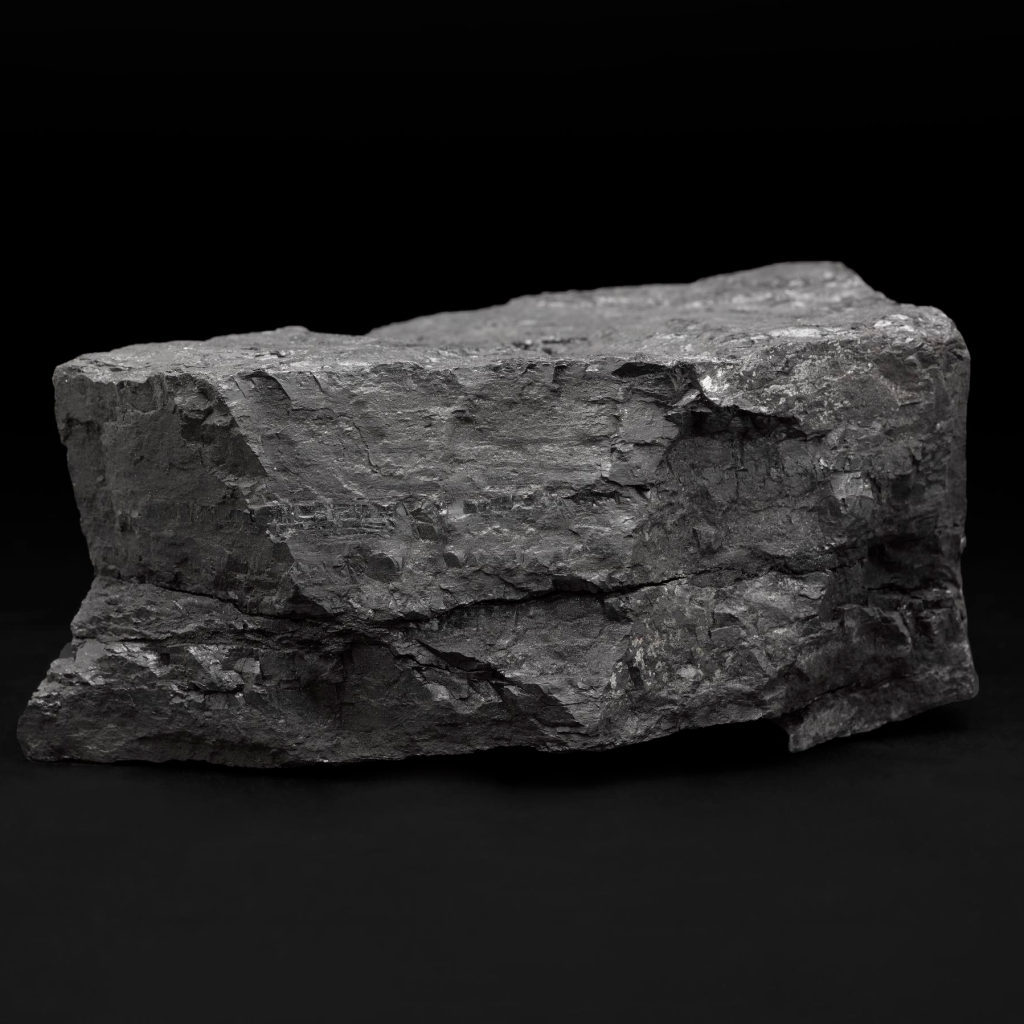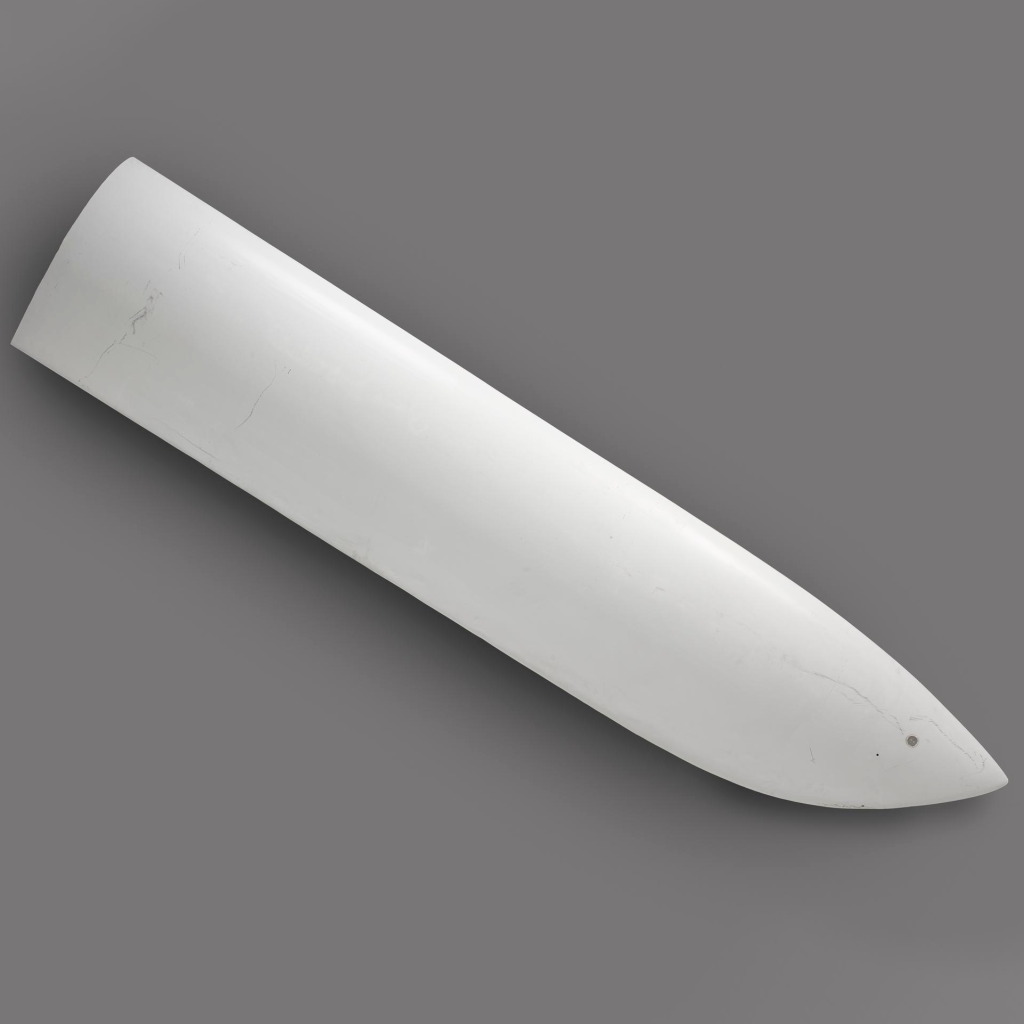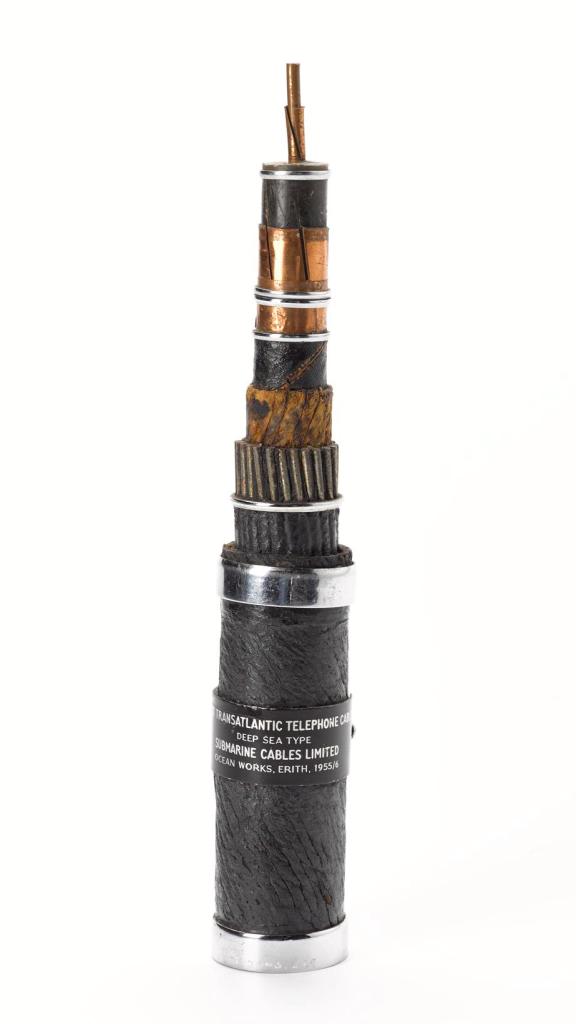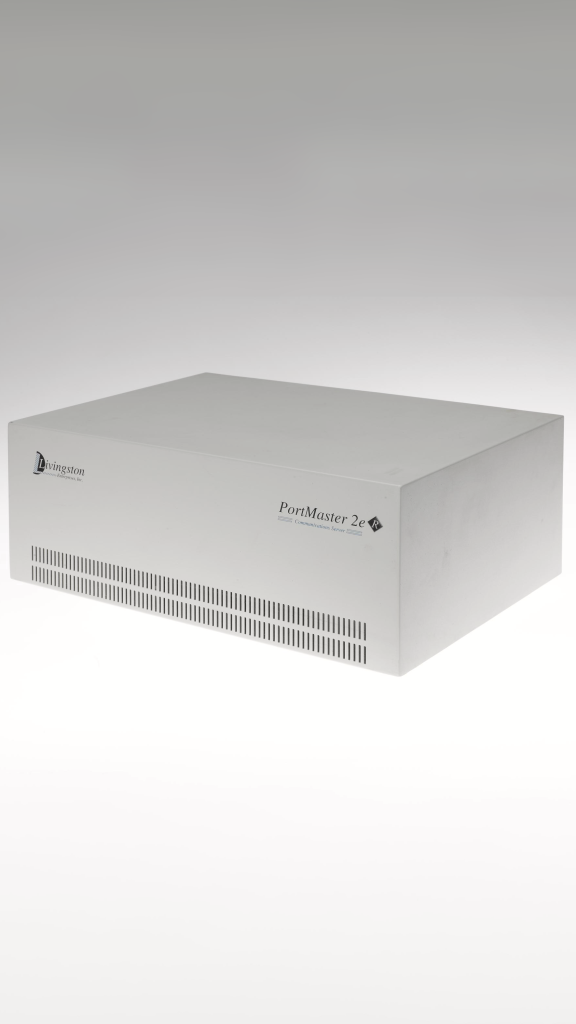Like all museums, what we have on display at any one time barely scratches the surface of the 12 million objects in our collection. We try to make these collections more accessible to as many people as possible. So we’re excited to be part of a newly launched partnership of organisations exploring how we can tell more connected stories about the important objects we care for.
This project is called The Congruence Engine: Digital Tools for New Collections-Based Industrial Histories. It’s inspired by the word ‘congruence’, which means to create or seek out similarities, points of contact, coincidences and links. A very apt inspiration when considering the fascinating histories linked to our collections.
The project is led by the Science Museum Group and is funded by the Arts & Humanities Research Council (AHRC). It aims to develop new digital tools that will help reveal connections between objects in different museum collections and with other sources of information. This might be by finding links to geographical locations. It could be about sources of information on makers and users or even personal accounts and reminiscences of individuals who worked or lived with those objects.

The aim of this £3 million, three-year project is to build towards a virtual ‘national collection’. It is one of the first projects on a national scale to apply a suite of digital techniques to a whole range of heritage collections with the aim of making them more accessible. But what does that actually mean for National Museums Scotland?
Industrial change
The Congruence Engine project will explore stories of industrial change relating to three subject areas: Textiles, Energy and Communications. We have rich collections relating to all three areas.
Using digital techniques to pull together information from many sources, we want to engage museum visitors with interactive digital content, while new digital tools will assist those wanting to undertake more in-depth research. These new tools will help us link up with the vast knowledge which exists beyond our walls to reveal more stories about the objects we hold.
Here are some of examples of how that might work for NMS collections and the Scottish stories they could tell.
Textiles
We display and store collections relating to the many Scottish Textiles industries, from the machinery used to create fabrics to objects made from those materials. They range from home-spun to mass-produced; from the Borders to the Western Isles, from the 18th to the 21st century.
Those object stories could be enriched by linking them digitally to sources relating to their place and time of manufacture. These could be surviving records of Dundee jute mills; working conditions for a weaver of tartan in Stirlingshire; flax growers in Perthshire; and weavers of Harris tweed today. All reveal stories of different geographies and work environments, as well as similarities in 18th, 19th or indeed 21st century global trade.
Energy
Our Energy collections reveal the processes of energy production from raw materials, such as peat, coal, oil and gas, as well as renewable sources. All these are products of particular Scottish geology and topography. They range from local use of peat in the Highlands and Islands to the world’s first prototype nuclear reactor at Dounreay in Sutherland to the increasing sight of wind, wave and tidal infrastructure around our shores.
Hundreds of years of extracting fossil fuels has had lasting impact on communities and landscapes. It is the subject of intense current debate, as is the growing impact of increasing renewable technologies. This project could digitally link the museum’s technological collections of raw materials and tools of extraction with personal perspectives by local historians of the impact on local and national patterns of work, decline and environmental change.
Communications
The Highlands and Islands of Scotland have a specific history of Communications. These areas are often late to be connected to new communications technologies and once connected have been among the last to be upgraded.
Due to complex topography, these same areas have also been used as testing grounds for the rollout of new technologies, leaving the old and new in parallel use. We can map this through the objects we collect.
It is much harder to document the impact of the arrival (or the lack of it) of the telegraph, the telephone, television or broadband. Linking our collections to local history resources will reveal the impact of the telegraph in delivering up to date global news to rural locations; the role of telephone exchange operators in keeping communities connected; and broadband in offering new business opportunities to remote workers.
Personal stories in radio and television archives will bring a crucial dimension to these instruments for human interaction.
The Congruence Engine is journey of exploration and the project will evolve as we learn how to apply these new digital tools. We know there are vast resources we have not yet tapped. There will be lots of links to be made with other museum collections, business archives, images, films and individual researchers. We are excited to see how we can gain a deeper understanding of how the collections we hold relate to others and gain insight into how we can connect objects to other information, helping with identification and, crucially, giving greater access to all.
The Congruence Engine is one of the five Discovery Projects funded by the AHRC’s Towards a National Collection programme.

